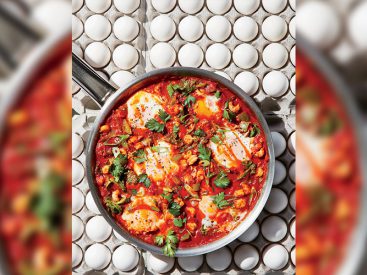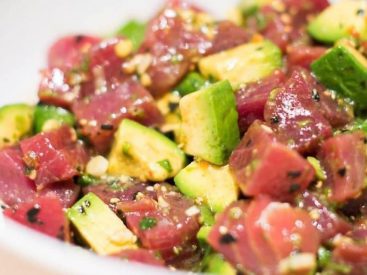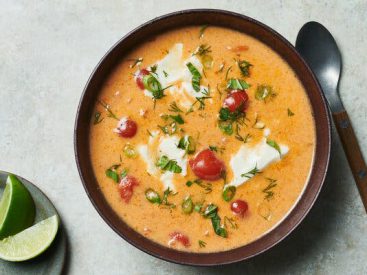Eggs go bad, but chia seeds can last for years. The weather’s miserable and you crave something cheerful. You have bananas, flour, sugar, butter, all the makings of a soon-to-be-delicious loaf but lo and behold, you’re fresh out of eggs. What if I were to tell you that the […]
Delicious!
Delicious!



